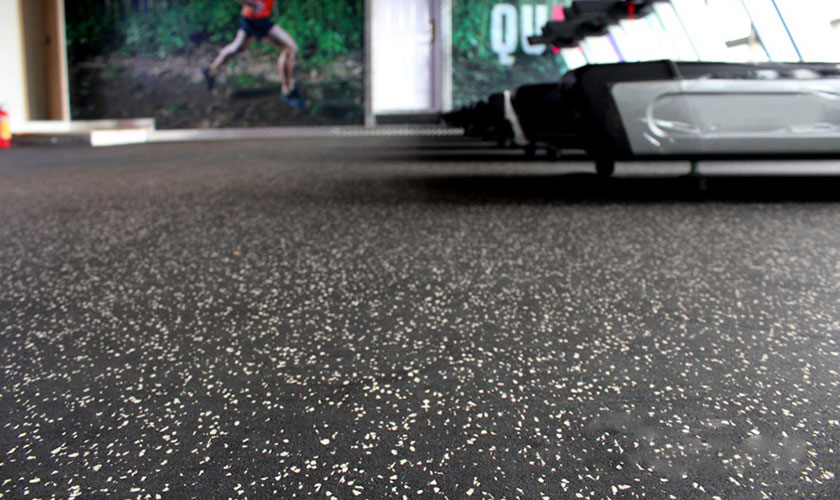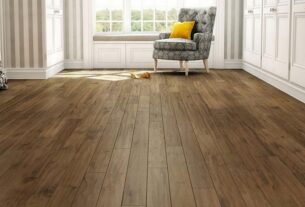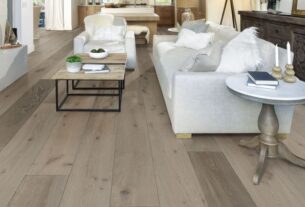When it comes to selecting the right flooring for your home or business, two popular options that often come up are rubber flooring and vinyl flooring. While both have their advantages, they serve different purposes and excel in unique environments. If you’re considering a durable and stylish flooring option, understanding the differences between rubber and vinyl flooring can help you make an informed decision Rubber Flooring Dubai
Understanding Vinyl Flooring
Vinyl flooring has gained immense popularity due to its affordability, aesthetic appeal, and ease of maintenance. Available in a variety of styles, textures, and finishes, vinyl flooring can mimic the appearance of wood, stone, or ceramic tiles while offering a more budget-friendly and water-resistant alternative.
Types of Vinyl Flooring
Luxury Vinyl Plank (LVP) – Designed to replicate hardwood flooring, LVP provides a realistic wood-like appearance while being more durable and water-resistant.
Luxury Vinyl Tile (LVT) – Similar to LVP, LVT replicates the look of stone or ceramic tiles while offering better comfort and easier installation.
Sheet Vinyl – Available in large rolls, sheet vinyl is a seamless flooring option that provides excellent water resistance, making it ideal for bathrooms and kitchens.
Vinyl Composition Tile (VCT) – Common in commercial settings, VCT is durable and cost-effective but requires regular maintenance and waxing.
Benefits of Vinyl Flooring
Affordable – Vinyl flooring is cost-effective compared to natural materials like hardwood or stone.
Water-Resistant – Excellent for moisture-prone areas such as kitchens, bathrooms, and basements.
Easy to Maintain – Requires simple sweeping and mopping to keep it clean.
Versatile Designs – Available in a range of patterns, colors, and textures.
Durable and Scratch-Resistant – Especially LVP and LVT, which have a strong wear layer.
Understanding Rubber Flooring
Rubber flooring is a resilient and shock-absorbent flooring material commonly used in gyms, commercial spaces, and industrial areas. It is known for its exceptional durability, slip resistance, and comfort underfoot.
Types of Rubber Flooring
Rubber Tiles – These interlocking tiles are easy to install and commonly used in gyms, playgrounds, and high-traffic areas.
Rubber Rolls – Continuous rubber sheets provide a seamless look and are ideal for large spaces such as commercial facilities and fitness centers.
Recycled Rubber Flooring – Made from recycled tires, this eco-friendly option offers a sustainable and durable flooring solution.
Rubber Mats – Portable and easy to install, rubber mats are often used in workout areas to provide cushioning and protection.
Benefits of Rubber Flooring
Shock-Absorbent – Ideal for areas with high impact, such as gyms and play areas.
Slip-Resistant – Offers excellent traction, reducing the risk of slips and falls.
Noise Reduction – Absorbs sound, making it great for spaces where noise reduction is important.
Highly Durable – Resistant to heavy foot traffic, moisture, and wear.
Eco-Friendly Options – Recycled rubber flooring is an environmentally friendly choice.
Vinyl Flooring vs. Rubber Flooring: Key Differences
Durability
Both vinyl and rubber flooring are highly durable, but rubber has an edge when it comes to handling heavy impacts. Vinyl flooring, especially LVP and LVT, is durable and resistant to scratches and stains, but it may not withstand heavy weights as well as rubber.
Water Resistance
Vinyl flooring is fully water-resistant and can be installed in moisture-prone areas without concerns of warping or damage. Rubber flooring is also moisture-resistant but can sometimes retain water if not properly sealed.
Comfort Underfoot
Rubber flooring is softer and provides better cushioning underfoot, making it a preferred choice for gyms, standing workstations, and play areas. Vinyl flooring, while comfortable, does not offer the same level of shock absorption.
Aesthetic Appeal
Vinyl flooring is available in a vast array of designs that can mimic wood, stone, or tile, making it a versatile choice for residential and commercial settings. Rubber flooring, on the other hand, is more utilitarian and available in solid colors or speckled patterns, making it ideal for functional spaces rather than decorative ones.
Maintenance and Cleaning
Vinyl flooring is easy to maintain with regular sweeping and occasional mopping. Rubber flooring also requires minimal maintenance but can be susceptible to certain cleaning chemicals that may degrade the material.
Installation Process
Both types of flooring are relatively easy to install. Vinyl flooring can be installed using a glue-down, click-lock, or loose-lay method. Rubber flooring, especially tiles and mats, is often a DIY-friendly installation.
Cost Consideration
Vinyl flooring is generally more budget-friendly than rubber flooring. Rubber flooring, while more expensive, provides added benefits like shock absorption and noise reduction, making it worth the investment in certain settings.
Which Flooring is Right for You
Choosing between vinyl and rubber flooring depends on your specific needs:
For homes, offices, and aesthetic appeal – Vinyl flooring is the better choice due to its wide variety of styles and affordability.
For gyms, industrial areas, and high-impact spaces – Rubber flooring is ideal for its durability, shock absorption, and slip resistance.
For moisture-prone areas – Vinyl flooring works best in bathrooms, kitchens, and basements due to its water resistance.
For noise reduction and comfort – Rubber flooring excels in gyms and workspaces where noise and impact absorption are important.
Final Thoughts
Both rubber and vinyl flooring have their unique strengths, making them suitable for different environments. Vinyl flooring is a stylish, cost-effective, and low-maintenance option perfect for residential and commercial spaces. Rubber flooring, on the other hand, is highly durable, shock-absorbent, and slip-resistant, making it an excellent choice for fitness centers, industrial areas, and high-traffic spaces. By assessing your specific needs, you can choose the flooring type that best suits your space, Flooring Dubai functionality and long-term durability.





